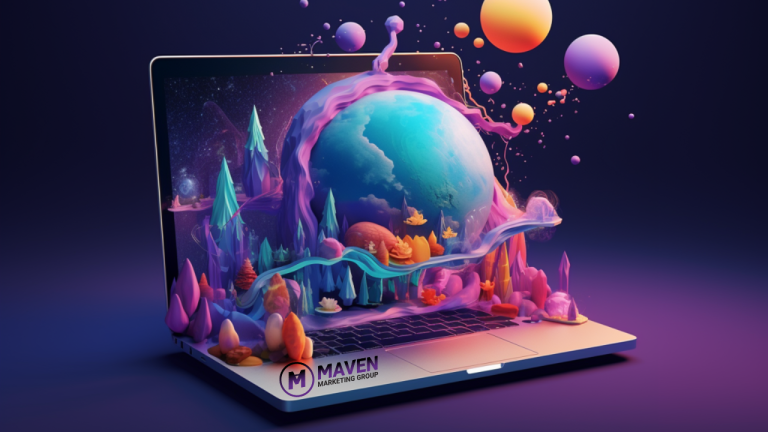
The field of web design requires a unique combination of technical and creative skills.
It is a complex and multifaceted discipline that involves not only coding but also the creation of user-friendly web pages that enhance the user experience.
In the current digital era, where every business is striving to establish an online presence, the roles of web designers and developers have become increasingly important.
Their expertise in computer programming and understanding of emerging technologies are vital.
However, it is important to note that the journey to becoming a proficient web designer is one of continuous learning and adaptation to new trends in web development.
When initially embarking on the path to learning web development and design, it may appear overwhelming due to the time to become web designer proficient, and the blend of creativity and technical skills required.
However, with persistence and dedication, learning web design can transform from a daunting task into an engaging and rewarding journey.
The key to success in this field lies in understanding that web development is not solely about coding.
It also involves creating web pages that are user-friendly and enhance the user experience.
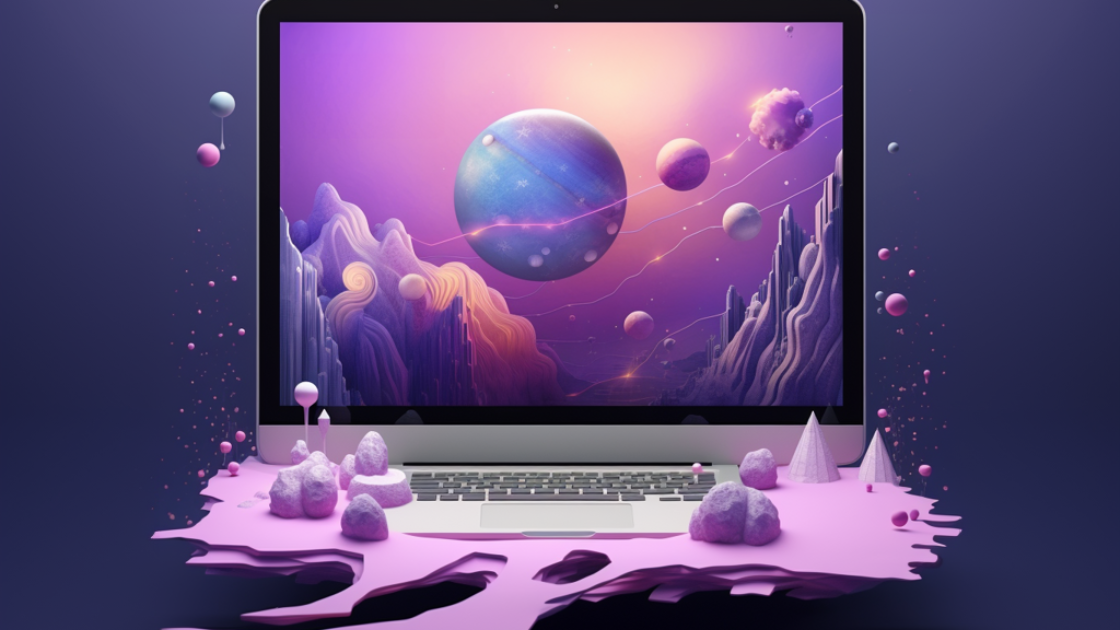
While it’s challenging to provide a universal answer for web development, aspiring web developers can anticipate spending anywhere from six months to two years learning and practicing part-time to become proficient.
The time it takes to become a web designer can vary widely depending on several factors, including your starting point, how quickly you learn, the depth of your training, and how much time you can dedicate to learning and practicing.
A web development boot camp intensive course claims to make you job-ready as a web developer in as little as 12 to 24 weeks of full-time study.
However, this often requires a significant time commitment and may not include all the specialized skills you’ll eventually want for learning web design.
Absolutely, many web designers are self-taught, focusing on their skills and portfolio development rather than formal education to build their careers.
Yes, web design and development continue to be a high-demand skill, especially as more businesses move their operations online.
HTML, CSS, JavaScript, and a good understanding of UX/UI design are fundamental skills for any aspiring web designer.
By understanding these development timeframes and factors, you can set realistic goals for yourself on your journey to becoming a web designer.
![]()
Becoming a successful web designer involves mastering several coding languages, building an impressive portfolio, networking effectively, and staying updated with the latest trends.
Let’s dive deeper into each of these steps.
Aspiring web developers must first get their hands dirty with HTML, CSS, and JavaScript.
These are the backbone of web design and development.
You can gain proficiency in these languages through various online platforms offering web developer certification.
A robust portfolio is your ticket to demonstrating your web development skills and securing jobs in this competitive field for web developers.
Showcase your best web applications and development work that demonstrates not only your technical skills as a web developer but also your creativity and problem-solving skills.
For example, if you’ve crafted an e-commerce site through responsive web design and development that boosted sales by 20%, highlight this achievement in your portfolio.
Don’t forget to include any relevant web development and design software you’re proficient in!
Web development isn’t just about networking at events or collecting business cards.
It’s about forming genuine relationships with other web development professionals who can help guide you on your career and educational path too.
Join local meetups or online forums centered around responsive web design.
You’ll pick up valuable insights from seasoned pros in web development while making connections that could lead to job opportunities in this field down the line.
Web design trends evolve faster than you can say “responsive design”.
To stay ahead of the curve, make it a habit to keep tabs on emerging trends and technologies.
Follow top designers on social media, subscribe to industry newsletters, attend seminars or workshops—whatever strategy works for you! This will help ensure your design skills stay fresh and relevant.
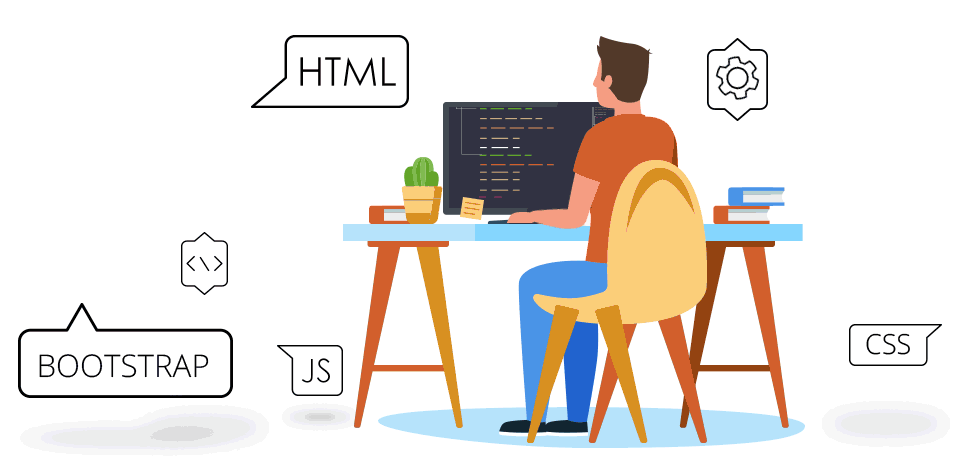
Web design is more than just web graphics and pretty pictures.
It’s a blend of technical know-how, creativity, and problem-solving prowess.
A web designer’s toolkit should be filled with various programming languages.
HTML, CSS, JavaScript are the trifecta you need to master.
They’re like the bread, butter, and jam of your web designing breakfast.
While these three are non-negotiables in your learning journey, don’t stop there! Expand your skillset with Python or PHP for backend and front-end web development if you aim to become a full-stack developer.

UI/UX design and layout is another crucial aspect of web design.
It ensures smooth sailing for users navigating through your website.
Understanding UI involves creating visually appealing interfaces that resonate with the user’s needs and preferences.
Meanwhile, UX focuses on enhancing user satisfaction by improving usability and accessibility.
Remember: A site that looks good but doesn’t function well is like a sports car without an engine – all show but no go!
Graphic design skills add another feather to a web designer’s cap.
It can make or break a website’s visual appeal.
Knowledge of software like Adobe Photoshop or Illustrator helps create stunning visuals that grab attention instantly.
Whether it’s designing logos or creating custom graphics – these tools are indispensable!
Lastly, being able to solve problems effectively is vital in this field.
Every project will have its unique challenges – from client demands to unexpected technical process issues.
Having strong problem-solving abilities means you can think on your feet, troubleshoot issues, and deliver solutions that meet client needs.

Web designing is a field that offers two main paths: A four-year degree and self-learning.
Both have their perks, but let’s delve into the importance of formal education in this journey.
Formal education provides structure and guidance.
It’s like having a roadmap when you’re on an adventure.
You know where to start, which path to take, and where to end.
Plus, you’ve got experienced instructors guiding your way.
On the flip side, self-learning is more like exploring uncharted territory.
It’s exciting but can be overwhelming without proper direction.
There are several degree programs available for aspiring web designers:
Each certificate program varies in focus and depth but all provide a solid foundation for a career in web design.
Internships play a crucial role in translating theoretical knowledge into practical skills.
They expose students to real-world challenges and solutions – it’s like getting your hands dirty before jumping into the battlefield!
For instance:
Once out of school, the learning doesn’t stop there! Web design is ever-evolving; what was trending yesterday might be outdated tomorrow – remember Flash websites?
To stay relevant, continuous learning is essential.
Online courses and tutorials can help you keep up with the latest trends key concepts and technologies in web design.

Freelancing as a web designer is like riding a rollercoaster.
It’s thrilling, yet can be quite nerve-wracking.
On the plus side, you’re your own boss.
You set your hours, choose the projects that resonate with you, and work from anywhere.
However, there are downsides:
Pricing your services correctly is crucial in the web design business.
Too low, and you might undervalue yourself; too high, and potential clients could be scared off.
Here are some tips for setting fair rates:
Remember to regularly review your rates as you gain more experience or add new skills to your resume.
As a freelancer working remotely in this digital era, effective communication is key to managing client relationships successfully.
Firstly, respond promptly to client messages or emails – no one likes being left hanging! Use clear language when discussing project details to avoid misunderstandings down the line.
Secondly, keep clients updated on progress regularly – they’ll appreciate feeling involved in their project.
Lastly but importantly, listen carefully to their needs and expectations before starting any work on their project.
Juggling multiple projects at once? Welcome to the world of freelance web designers!
Effective workload management strategies include:
Remember, it’s okay to say no if you’re already swamped with work.
Overworking yourself won’t do your web design portfolio any favors.
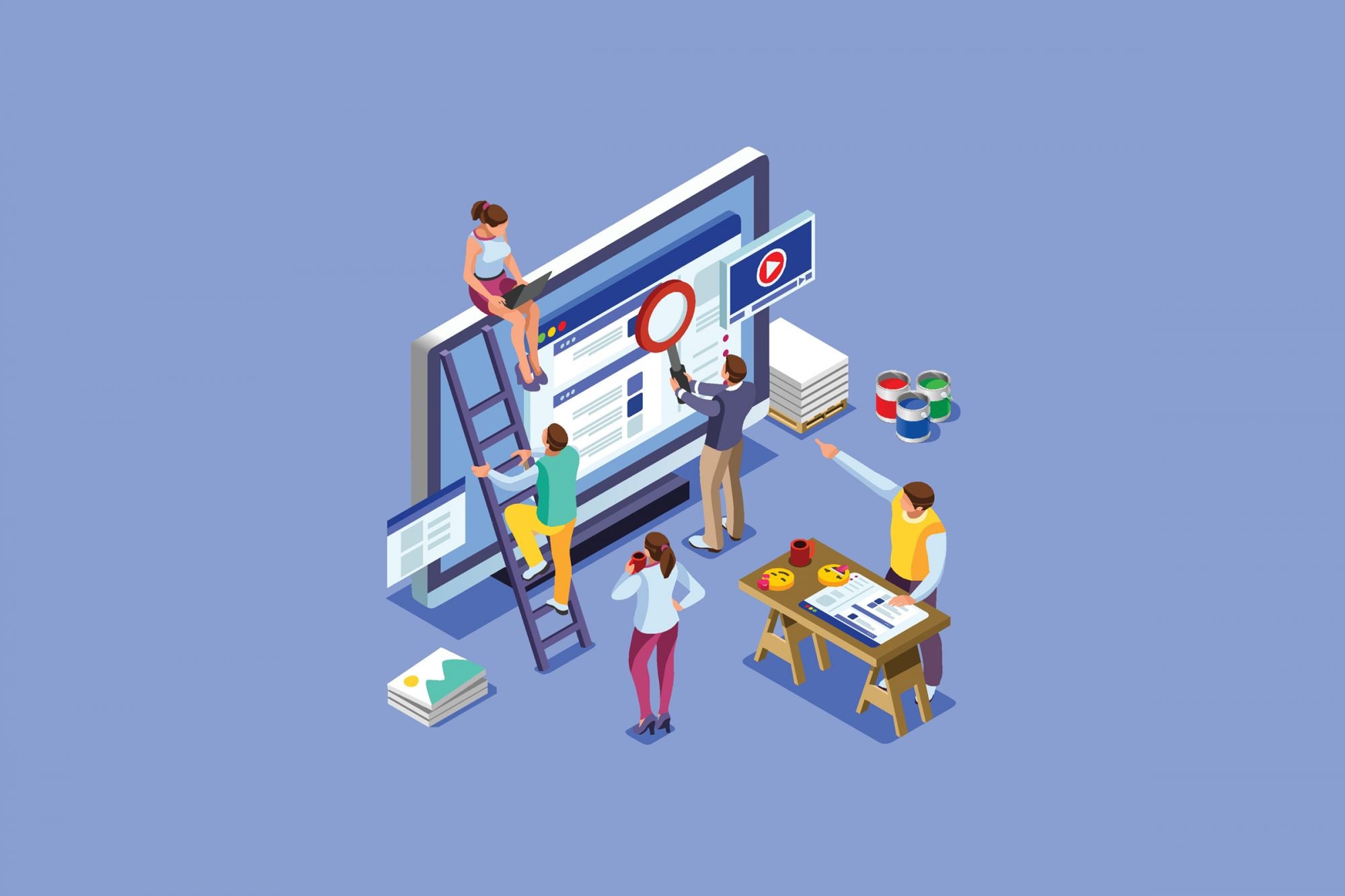
SEO is like the secret sauce in your grandma’s famous recipe.
You may not see it, but boy, can you taste it! Understanding the principles behind SEO content writing is crucial to becoming a web designer.
It’s not just about creating web pages, or HTML and CSS markup language anymore.
SEO-friendly design plays a massive role in improving website visibility.
When you’re creating a site, think of it as setting up shop on the busiest street in town.
The more visible your store (read: website), the more customers (read: visitors) you’ll attract.
Keyword research is essentially finding out what’s trending among your customers.
It helps create SEO-optimized content that resonates with your audience and meets their needs.
Think of keywords as the words or phrases people use when they’re searching for something online.
CMS applications are excellent tools for keyword research.
They provide insights into popular search terms relevant to your content, helping you fine-tune your strategy.
Quality content isn’t just about pretty words and catchy phrases; it’s way more than that! It directly impacts user engagement and retention on web pages.
Imagine visiting a restaurant where the food tastes bland – would you go back? Nope! Similarly, if your website doesn’t offer valuable information or an engaging experience, users won’t stick around.
Statistics show that websites with high-quality content have lower bounce rates and higher user retention rates compared to those lacking substance.

Blogging is a powerful tool for attracting potential clients.
Let’s dive into how you can leverage it to boost your web design business.
Blogging isn’t just about sharing your thoughts with the world.
It’s an effective marketing strategy that can bring tons of benefits to your web design services.
When done right, blogging can help you attract potential employers and showcase your expertise in web design.
For instance, companies might stumble upon your original post on optimizing websites for mobile devices.
Impressed by your knowledge and skills, they may reach out to you for their website needs.
Creating engaging blog posts isn’t rocket science, but it does require some effort.
You want to offer value while keeping things interesting for readers.
One way is to share tips on various aspects of web design – from basic ones like choosing the right color palette to more advanced topics like responsive design or UX principles.
Adding visuals such as screenshots or infographics can also make your posts more engaging and easier to digest.
Remember, quality over quantity always wins the game here!
Promoting your blog across social media platforms is a no-brainer! It’s like having a megaphone that amplifies your voice.
Platforms like Facebook, Instagram, LinkedIn, and Twitter are excellent channels to share links to your latest blog posts.
This not only drives traffic back to your site but also exposes you to potential clients who may be lurking in these platforms.
Just remember not all platforms are created equal – tailor each post according to the platform’s style and audience preferences.
Client testimonials are worth their weight in gold when it comes to boosting credibility.
They’re social proof that vouches for the quality of your services.
Consider featuring testimonials prominently on your blog – perhaps in a dedicated section or interspersed within relevant posts.
You could also turn successful projects into case studies, giving potential clients an in-depth look at how you work and the results you can deliver.

To become a proficient web designer, mastery of technical skills such as HTML, CSS, and JavaScript is essential.
However, technical expertise is only one facet of the role.
A comprehensive skill set also includes creative abilities, a deep understanding of UX/UI design, and proficiency in design tools like Adobe Photoshop and Sketch.
Additionally, knowledge of the business aspects, such as SEO and content strategy, is crucial.
Career paths in web design can vary, offering options to work as a freelancer or within an organization.
While having a formal education in web design can be beneficial as it provides structured learning and recognized credentials, many successful web designers are self-taught or have learned through online courses.
Yes, freelancing is an excellent way to gain practical experience and build your portfolio while earning money. However, be prepared for challenges such as finding clients and managing projects.
Apart from knowing programming languages like HTML, CSS, and JavaScript, a good web designer should have strong visual design skills, user experience understanding, SEO knowledge, and project management abilities among others.
SEO is crucial because even the most aesthetically pleasing website won’t serve its purpose if people can’t find it online. Therefore understanding how SEO works can greatly increase your value as a Web Designer.
Blogging allows you to share your expertise with potential clients – they might read your blog, see your skills and knowledge, and decide to hire you for their web design needs. It’s a great way to showcase your abilities and attract clients.

Maven Marketing Group
We hope this article helps you out! If you want more advice for expanding your reach, getting leads, & growing your business — let us know in the comment section below!
Or if you’d like help implementing any of these tactics into your business – drop us a line! We’d love if you left a comment/question for us to answer below!
At Maven Marketing Group, we have evolved into a comprehensive digital marketing agency specializing in top-tier web development, web design, web management, SEO, and PPC services.
Could we assist you with your project?
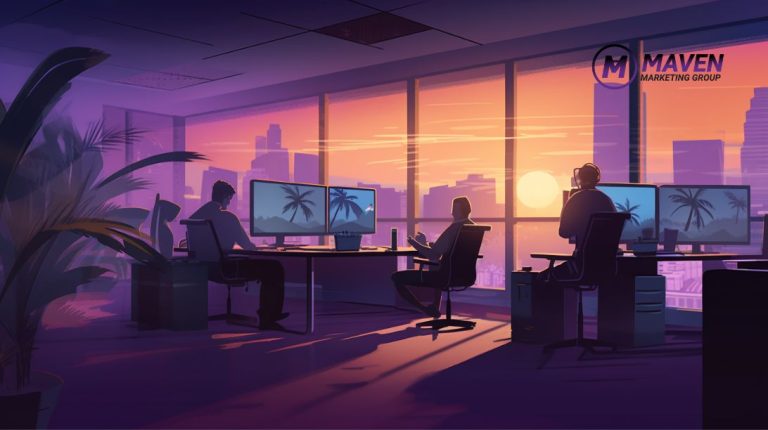
Digital Marketing Pros – Dedicated to creating stunning websites and delivering top-notch online solutions.
Our Mission: To empower you to combat the challenges of the digital landscape, ensuring your online presence stands out.
Maven provides the best web design, development, and management services to achieve real results for your business.
Whether it’s through our expertly crafted websites or by enhancing your business online, we always deliver.
No one else offers this level of expertise!
At Maven Marketing Group, we have evolved into a comprehensive digital marketing agency specializing in top-tier web development, web design, web management, SEO, and PPC services.
Could we assist you with your project?